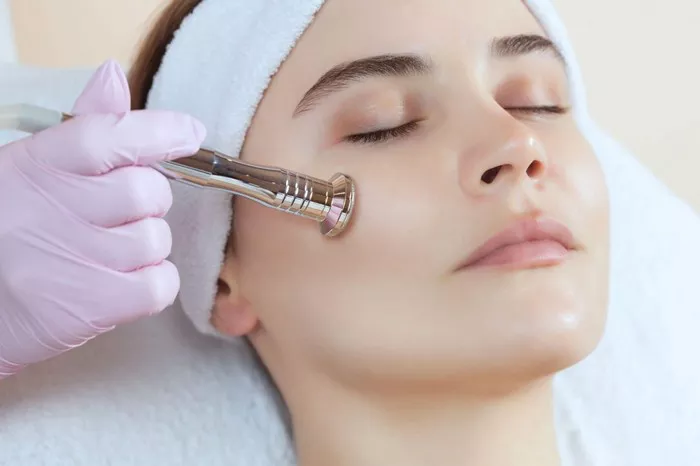Bichectomy surgery, also known as buccal fat removal, is a cosmetic procedure that involves the removal of fat pads from the cheeks. This procedure has become increasingly popular in recent years, with many people seeking a more defined facial structure. In this article, we will explore the comparison between bichectomy surgery before and after, including the benefits and risks of the procedure.
What is Bichectomy Surgery?
Bichectomy surgery is a cosmetic procedure that involves the removal of fat pads from the cheeks. These fat pads, known as buccal fat pads, are located in the lower part of the cheeks and can contribute to a round or chubby appearance. Bichectomy surgery is typically performed under local anesthesia and involves making small incisions inside the mouth. The fat pads are then removed, resulting in a more defined facial structure.
Bichectomy Surgery Before and After:
Before the Procedure:
Before undergoing bichectomy surgery, patients will typically meet with a plastic surgeon to discuss their goals and expectations for the procedure. The surgeon will evaluate the patient’s facial structure and determine if they are a good candidate for the procedure. Patients may be advised to stop smoking and avoid certain medications in the weeks leading up to the procedure to reduce the risk of complications.
After the Procedure:
After bichectomy surgery, patients can expect some swelling and bruising in the cheeks and face. Pain and discomfort can also be expected, but this can be managed with pain medication. Patients will be advised to eat a soft diet and avoid strenuous activity for several days following the procedure. Most patients can return to work and other normal activities within a week or two.
Benefits of Bichectomy Surgery:
The benefits of bichectomy surgery include a more defined facial structure and a reduction in the appearance of a round or chubby face. This can improve self-confidence and self-esteem in patients who are unhappy with their facial appearance. Bichectomy surgery is also a relatively quick and simple procedure, with a short recovery time compared to other cosmetic procedures.
Risks of Bichectomy Surgery:
Like any surgical procedure, bichectomy surgery carries some risks. These risks include infection, bleeding, scarring, and nerve damage. There is also a risk of asymmetry or an uneven appearance if too much fat is removed from one side of the face. It is important for patients to carefully consider the risks and benefits of the procedure before deciding to undergo bichectomy surgery.
Conclusion:
In conclusion, bichectomy surgery is a cosmetic procedure that involves the removal of fat pads from the cheeks. Before undergoing the procedure, patients will meet with a plastic surgeon to discuss their goals and expectations. After the procedure, patients can expect some swelling and bruising, but most can return to work and normal activities within a week or two. The benefits of bichectomy surgery include a more defined facial structure and improved self-confidence, but there are also risks associated with the procedure. It is important for patients to carefully consider the risks and benefits before deciding to undergo bichectomy surgery.
FAQs
1. How will I look after bichectomy?
After undergoing bichectomy, you can expect a slimmer and more sculpted appearance in the lower face, particularly around the cheeks. The removal of excess buccal fat pads can result in a more defined cheekbone structure and a smoother facial contour. However, individual results may vary depending on factors such as facial anatomy, skin elasticity, and the amount of fat removed.
2. How long does it take to see results from a bichectomy?
While some initial swelling and bruising are common after bichectomy, you may begin to see noticeable improvements in facial contour within a few weeks to months as the swelling subsides and the tissues settle. However, it may take several months for the full results to become apparent as the skin adjusts to the new contours of the face.
3. Do you regret buccal fat removal?
Regret regarding buccal fat removal varies among individuals and is influenced by personal preferences, expectations, and outcomes. While some individuals may be satisfied with the results and experience improved facial harmony, others may regret the decision due to dissatisfaction with the outcome or unexpected changes in facial appearance.
4. Does buccal fat removal make a big difference?
Buccal fat removal can make a significant difference in the appearance of the lower face by reducing fullness in the cheeks and creating a more sculpted and defined facial contour. However, the extent of the difference achieved depends on various factors, including the amount of fat removed, individual facial anatomy, and the desired aesthetic goals. Proper consultation with a qualified plastic surgeon can help determine whether buccal fat removal is the right option for achieving your desired facial profile.


